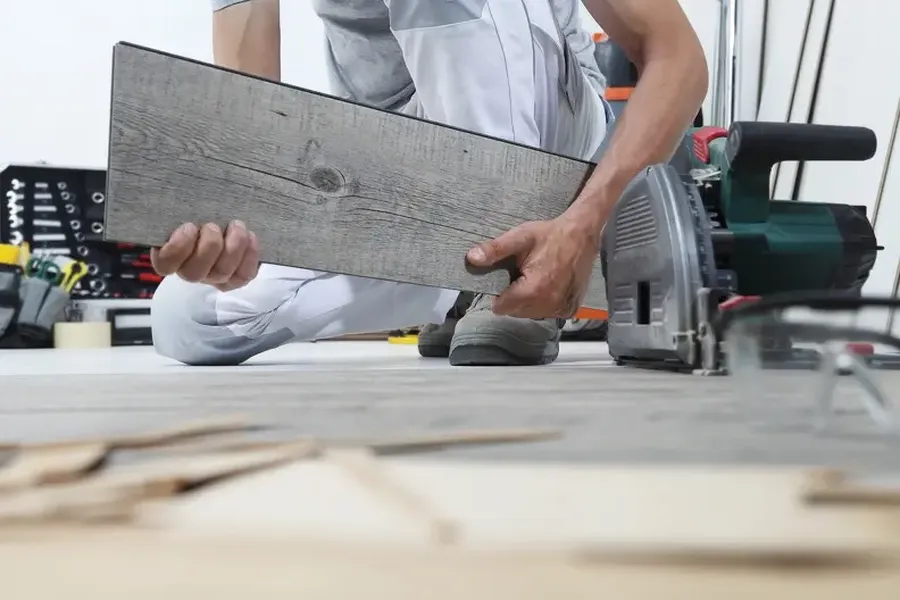Adapting Floors for Changing Weather Conditions
Seasonal climate changes can greatly affect the longevity and appearance of your floors. From expanding during humid summers to contracting in dry winters, different materials react differently to these conditions. Understanding how to adapt your flooring choices and maintenance practices is crucial. This guide will help you navigate the challenges posed by seasonal shifts, offering solutions to keep your floors looking their best year-round.
Why Seasonal Changes Affect Your Floors
The effects of temperature and humidity on flooring materials are significant. Wood, for instance, tends to expand when it’s warm and moist but contracts in cold, dry conditions. This can lead to gaps or buckling if not properly managed. Similarly, carpet fibers can wear unevenly with moisture fluctuations, while tile grout might crack or discolor. Recognizing these potential problems helps prepare and maintain your floors effectively.
Choosing the Right Materials
Flooring services often recommend selecting materials based on your local climate. For areas with high humidity, consider vinyl or tile since they withstand moisture well. Conversely, engineered wood is a good choice in temperate regions as it offers the beauty of natural wood without the high expansion rate. By consulting with flooring professionals, you can ensure that your floor material suits the environmental conditions it will face.
Regular Maintenance Practices
Consistent upkeep is vital to prolong the life of your floors amidst seasonal changes. Start by using dehumidifiers in summer and humidifiers in winter to control indoor air moisture levels. Clean spills immediately to prevent water damage, especially for wooden floors. Flooring services can provide detailed guidance tailored to specific floor types, ensuring minimal weather-related issues.
Tips for Floor Care During Weather Shifts
- Use area rugs in high-traffic zones to reduce wear.
- Install mats at entrances to catch dirt and moisture.
- Seal floors annually to protect against humidity.
- Monitor indoor humidity with a hygrometer.
Cost Implications of Climate-Adaptive Floors
Investing in quality flooring that adapts to climate changes may have higher upfront costs but offers long-term savings. Durable materials like ceramic tiles or luxury vinyl require less frequent replacement and repair compared to cheaper alternatives. Additionally, preventive measures such as sealing and routine maintenance reduce unexpected expenses, providing a better return on investment over time.
Working With Experts for Optimal Results
Partnering with experts ensures you receive professional advice and services tailored to your needs. Experienced installers understand the nuances of working with different materials under varying climatic conditions. They can suggest solutions that balance aesthetics with functionality while helping avoid common pitfalls associated with seasonal impacts.
Your Pathway to Resilient Flooring
A proactive approach in selecting materials and maintaining them is essential for dealing with seasonal variations. Contact 3MMM Remodeling at (360) 218-2721 for expert advice on enhancing your home’s floors. Located in Vancouver, WA, we offer customized solutions to meet every need, ensuring your floors remain resilient regardless of climate changes.

